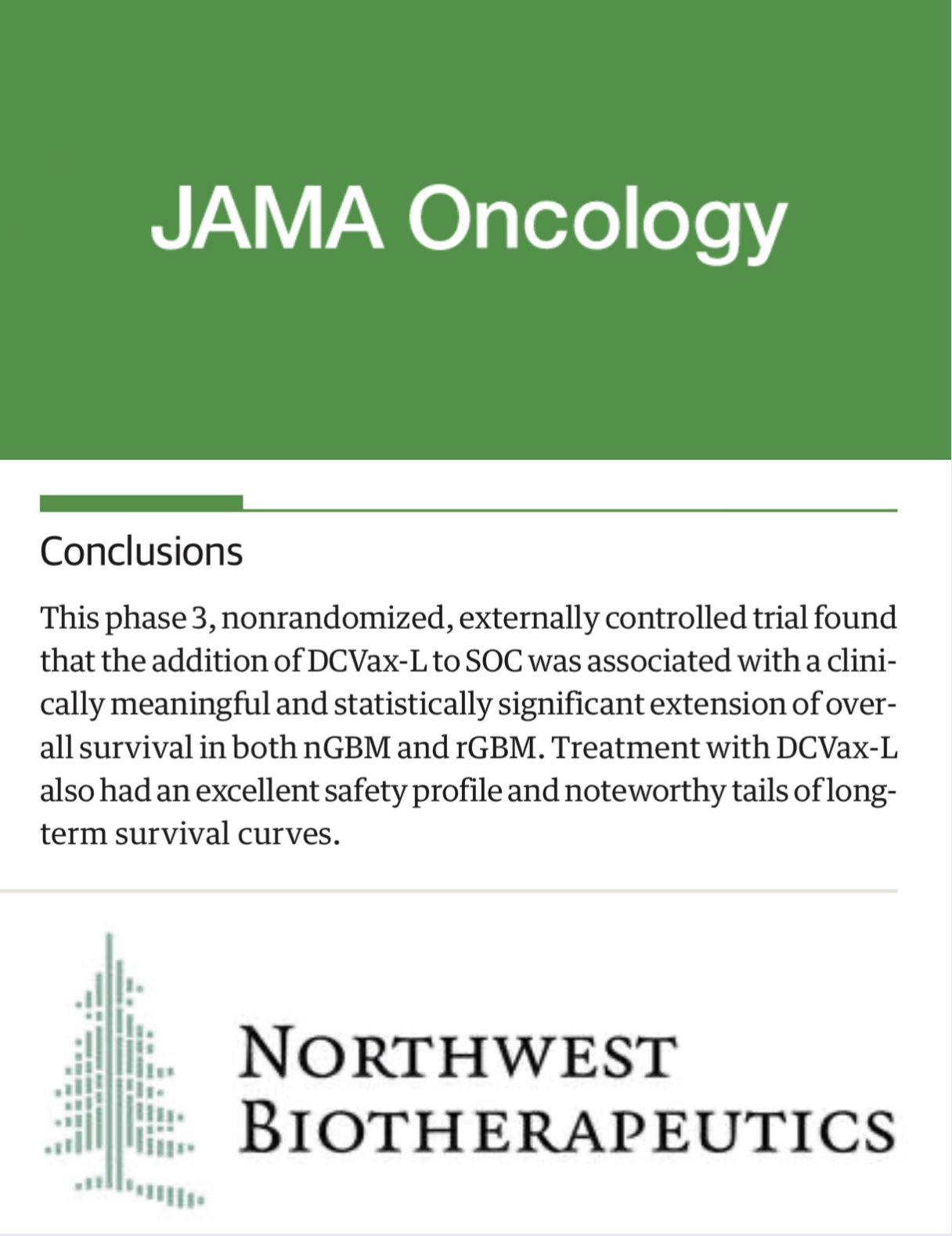Low-Dose Aspirin for Individualized Cancer Prevention in Older Adults: A Secondary Analysis of the ASPREE Randomized Clinical Trial.
IF 20.1
1区 医学
Q1 ONCOLOGY
引用次数: 0
Abstract
Importance The role of low-dose aspirin (LDA) in cancer prevention among older adults is unclear. Identifying individuals likely to experience benefit or harm is crucial for guiding personalized prevention strategies. Objective To identify subgroups of the older population who may benefit most from LDA for cancer prevention by developing and validating an effect score model, including individual characteristics such as clonal hematopoiesis of indeterminate potential (CHIP) and other factors, to predict the individualized treatment effects (ITEs) of LDA in cancer incidence. Design, Setting, and Participants This comparative effectiveness study is a nonprespecified secondary analysis of the Aspirin in Reducing Events in the Elderly (ASPREE) randomized clinical trial conducted between 2010 and 2014. Australian community-dwelling ASPREE participants (aged ≥70 years) provided biospecimen samples for CHIP testing. CHIP was measured in 18 genes using a targeted sequencing assay. Analyses were conducted between May 2023 and July 2025. Exposures LDA (100 mg per day) or placebo. Main Outcomes and Measures The primary outcome was overall cancer incidence at 5 years. Twelve candidate models for predicting ITEs were assessed; the final model was selected to maximize cancer risk reduction and internally validated using bootstrapping. Participants were grouped into treatment-favorable (ITE >0) and treatment-unfavorable (ITE <0) subgroups based on the final predictive model. Results A total of 9350 participants were included in the analysis (median age, 73.7 [IQR, 71.6-77.1] years; 5021 females [53.7%]) to LDA (4667 [49.9%]) or placebo (4683 [50.1%]). The median follow-up was 4.5 (IQR, 3.3-5.5) years. Factors associated with LDA benefit included older age, nonsmoking status, CHIP with a variant allele frequency of 10% or greater, family history of cancer, and lower body mass index. CHIP was the strongest predictor of benefit. Personalized treatment based on the model improved 5-year absolute cancer risk reduction by a median of 2.3% (IQR, 0.7%-3.7%) compared with a treat-all approach (LDA to all participants). LDA was associated with lower cancer risk (hazard ratio [HR], 0.85 [95% CI, 0.72-1.00]) in the treatment-favorable subgroup and higher cancer risk (HR, 1.14 [95% CI, 0.95-1.38]) in the treatment-unfavorable subgroup (P = .02 for heterogeneity). Conclusions and Relevance The findings of this study suggest significant heterogeneity in the effectiveness of LDA for cancer prevention among older adults, with CHIP identified as a key predictive factor. Further study is needed to fully understand the implications of these findings. Trial Registration ClinicalTrials.gov Identifier: NCT01038583.低剂量阿司匹林用于老年人个体化癌症预防:ASPREE随机临床试验的二次分析
低剂量阿司匹林(LDA)在老年人癌症预防中的作用尚不清楚。确定可能受益或受到伤害的个体对于指导个性化预防策略至关重要。目的建立并验证LDA预防癌症的效果评分模型,包括克隆不确定潜能(CHIP)等个体特征,预测LDA对癌症发病率的个体化治疗效果(ITEs),以确定老年人群中可能从LDA预防癌症中获益最多的亚组。设计、环境和参与者本比较有效性研究是对2010年至2014年间进行的阿司匹林减少老年人事件(ASPREE)随机临床试验的非预先指定的二次分析。澳大利亚社区ASPREE参与者(年龄≥70岁)提供生物标本样本进行CHIP检测。采用靶向测序法测定18个基因的CHIP。分析在2023年5月至2025年7月期间进行。暴露于lda(每天100毫克)或安慰剂。主要结局和测量主要结局是5年的总体癌症发病率。评估了12个预测ITEs的候选模型;最终选择的模型是为了最大限度地降低癌症风险,并使用自举法进行内部验证。根据最终的预测模型,将参与者分为治疗有利组(ITE <0)和治疗不利组(ITE <0)。结果共纳入9350名受试者(中位年龄73.7 [IQR, 71.6-77.1]岁,女性5021人[53.7%])至LDA(4667[49.9%])或安慰剂(4683[50.1%])。中位随访时间为4.5 (IQR, 3.3-5.5)年。与LDA获益相关的因素包括年龄较大、不吸烟、变异等位基因频率为10%或更高的CHIP、癌症家族史和较低的体重指数。CHIP是疗效最强的预测因子。与全部治疗方法(所有参与者的LDA)相比,基于该模型的个性化治疗使5年绝对癌症风险降低中位数提高了2.3% (IQR, 0.7%-3.7%)。LDA与治疗有利亚组较低的癌症风险相关(风险比[HR], 0.85 [95% CI, 0.72-1.00]),与治疗不利亚组较高的癌症风险相关(风险比[HR], 1.14 [95% CI, 0.95-1.38]) (P =。2表示异质性)。结论和相关性本研究的结果表明,LDA在老年人中预防癌症的有效性存在显著的异质性,CHIP被确定为关键的预测因素。需要进一步的研究来充分理解这些发现的含义。临床试验注册号:NCT01038583。
本文章由计算机程序翻译,如有差异,请以英文原文为准。
求助全文
约1分钟内获得全文
求助全文
来源期刊

JAMA Oncology
Medicine-Oncology
自引率
1.80%
发文量
423
期刊介绍:
JAMA Oncology is an international peer-reviewed journal that serves as the leading publication for scientists, clinicians, and trainees working in the field of oncology. It is part of the JAMA Network, a collection of peer-reviewed medical and specialty publications.
 求助内容:
求助内容: 应助结果提醒方式:
应助结果提醒方式:


